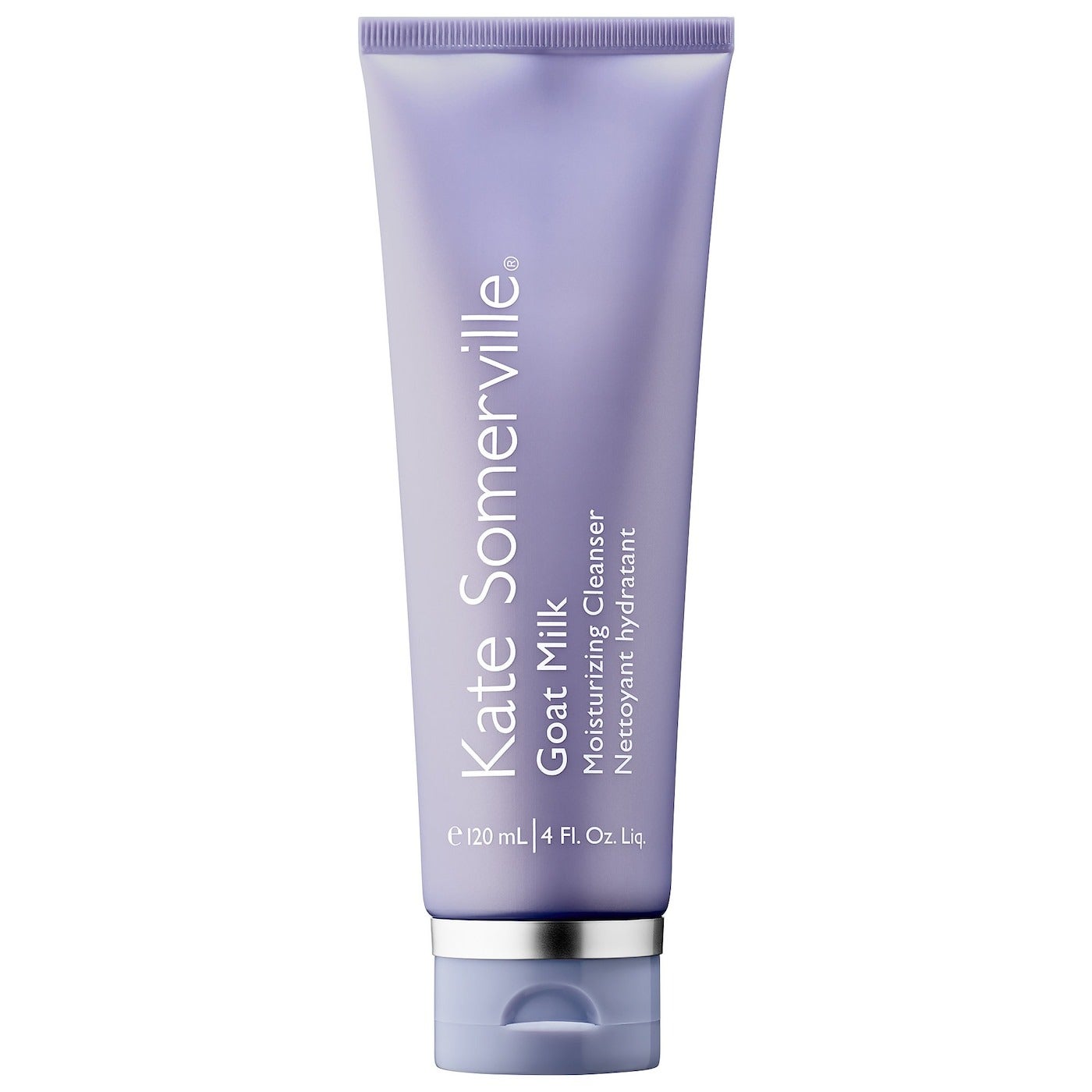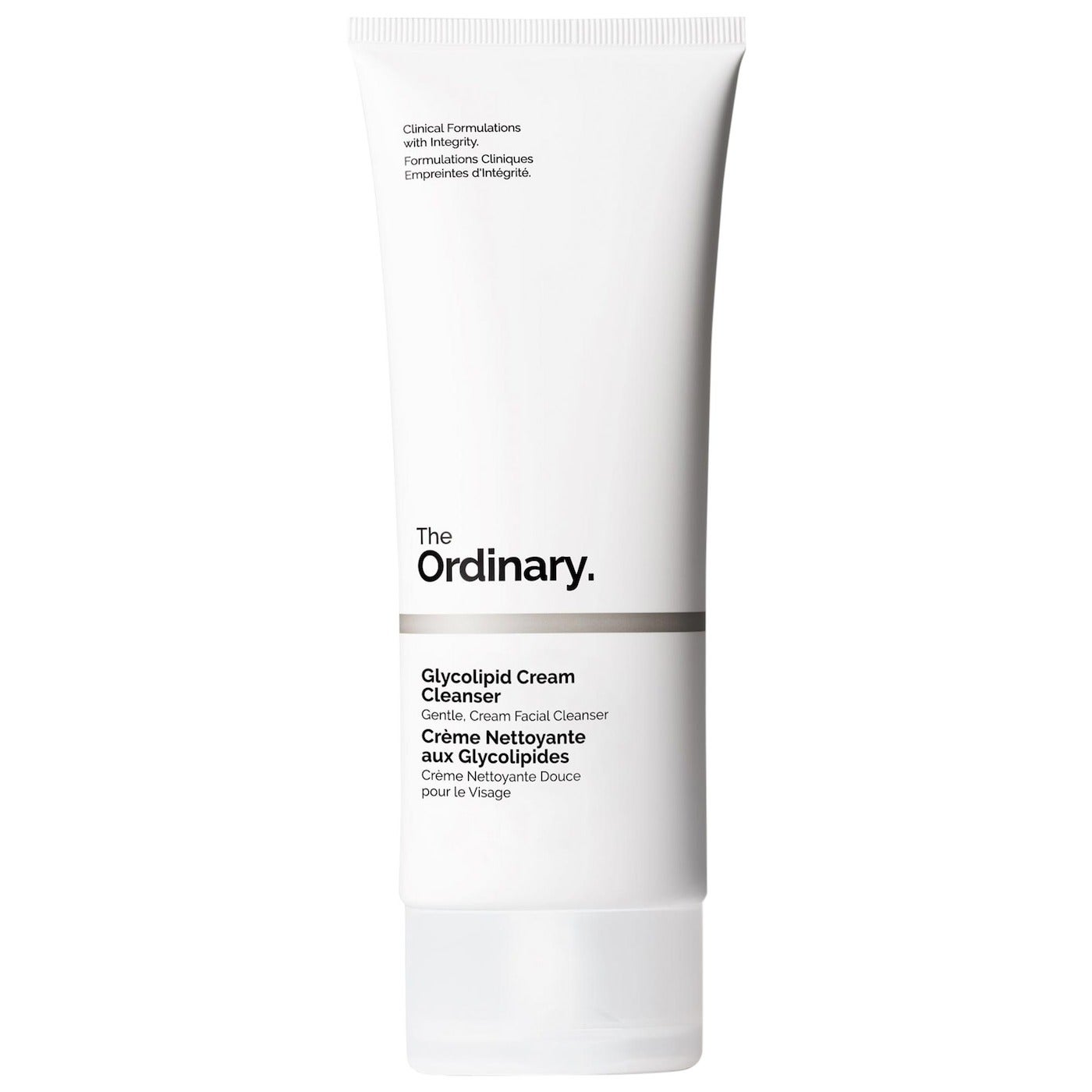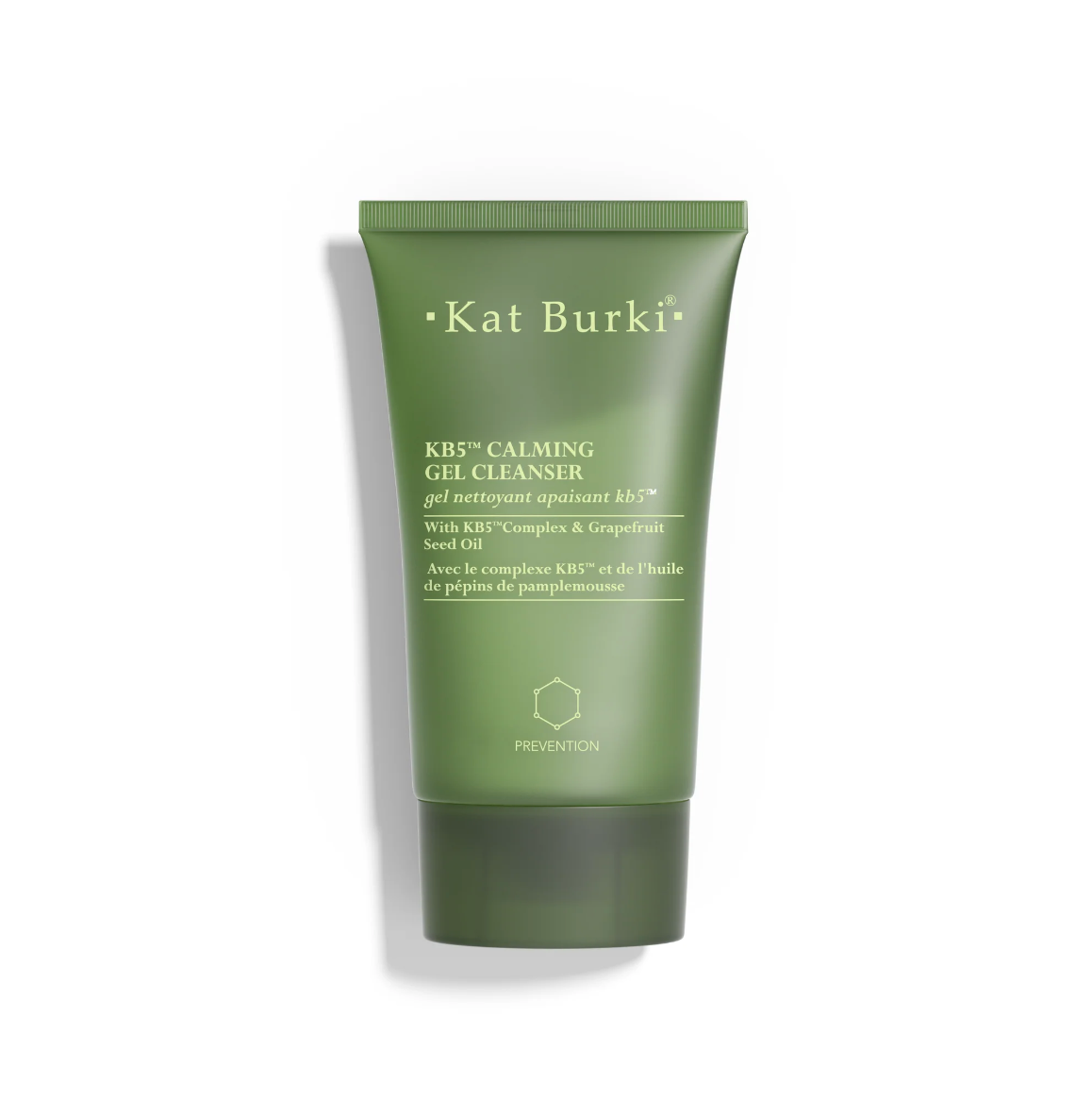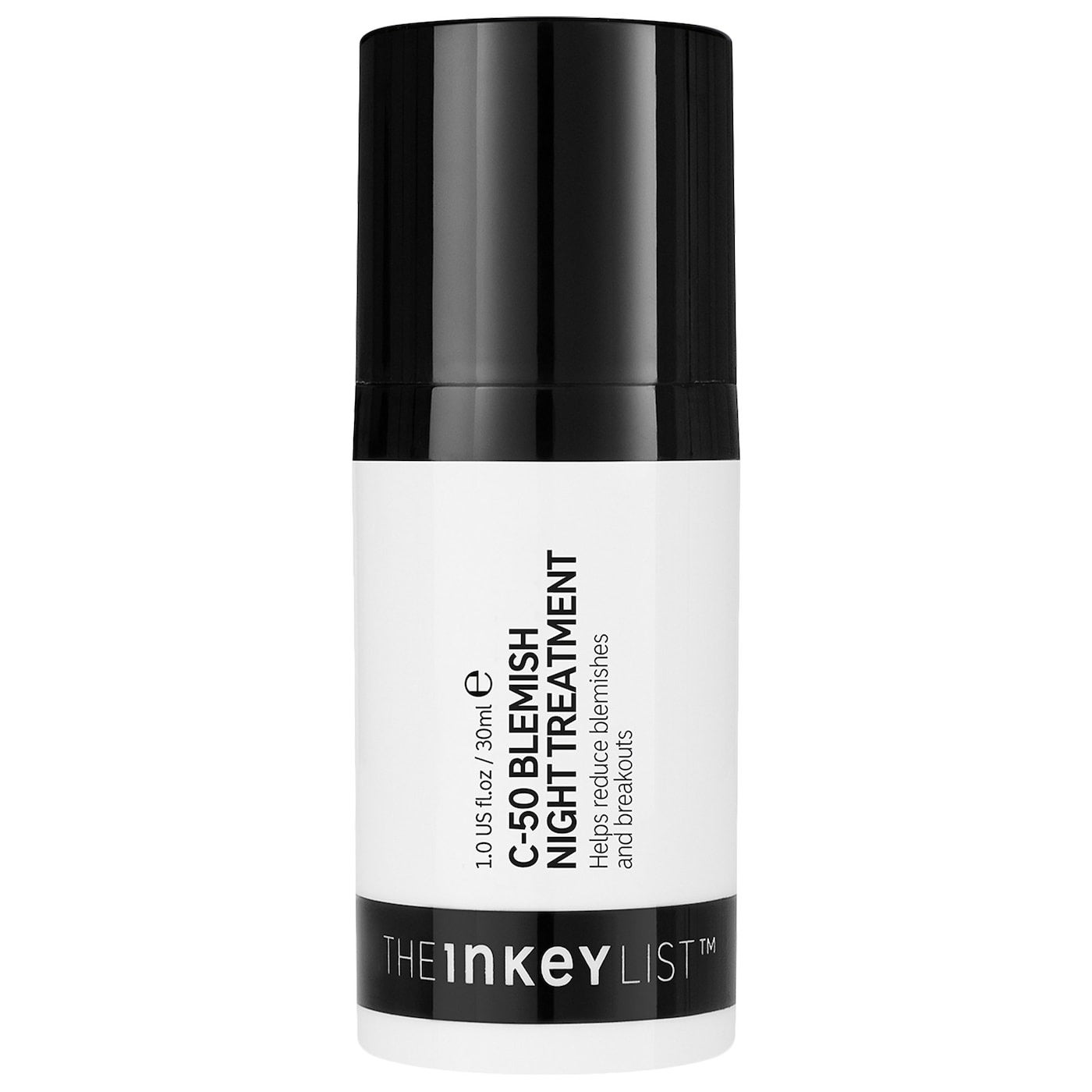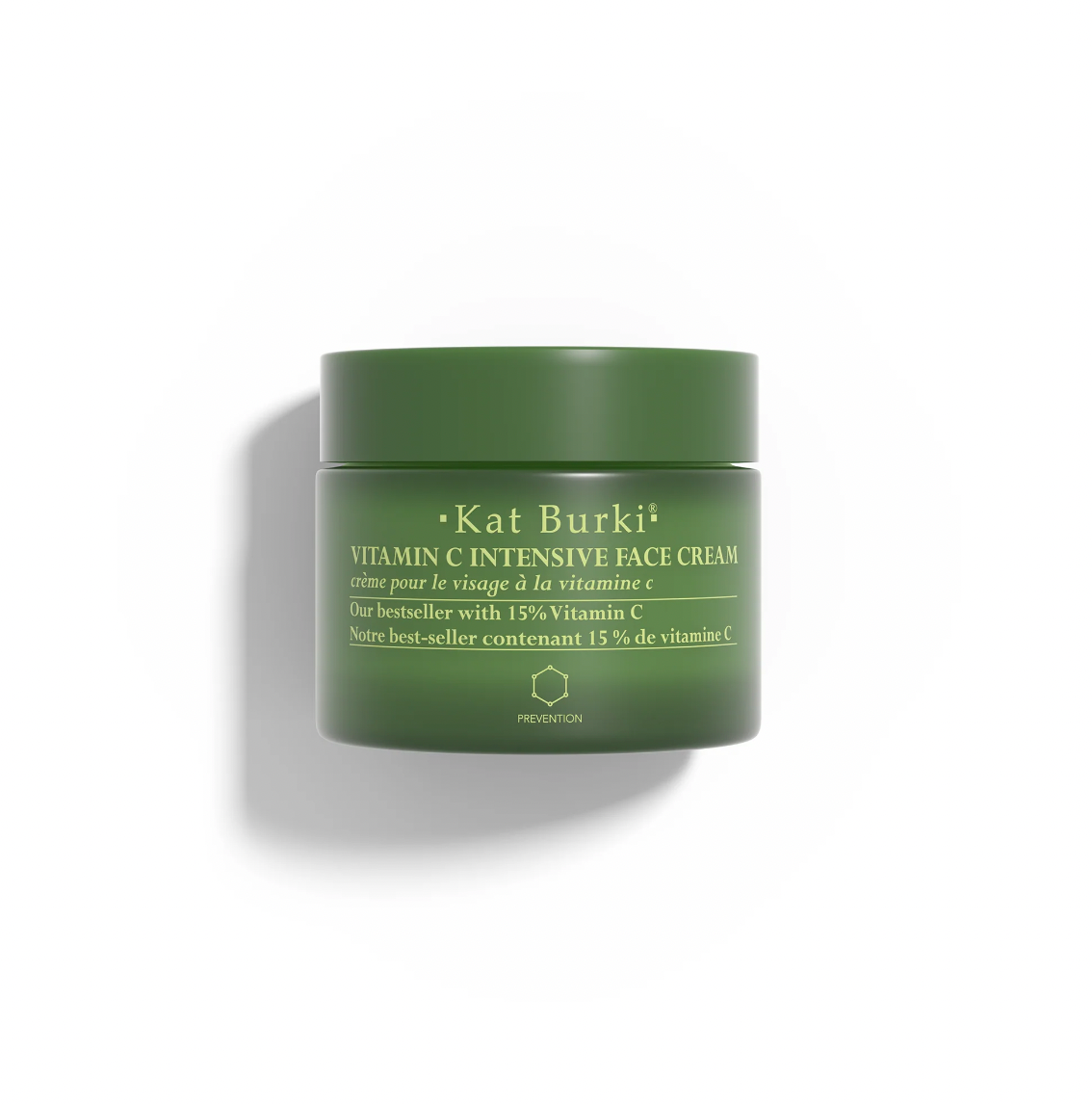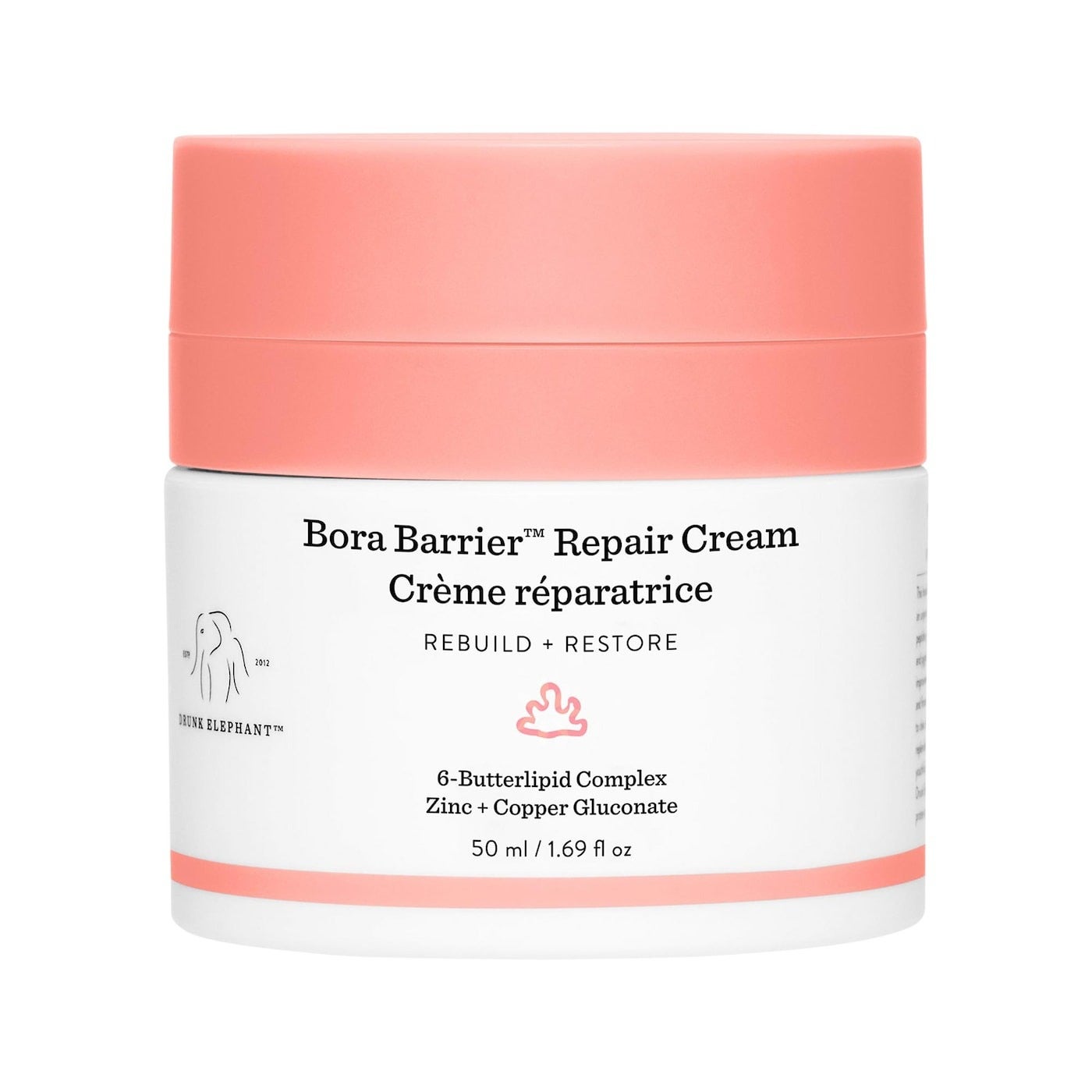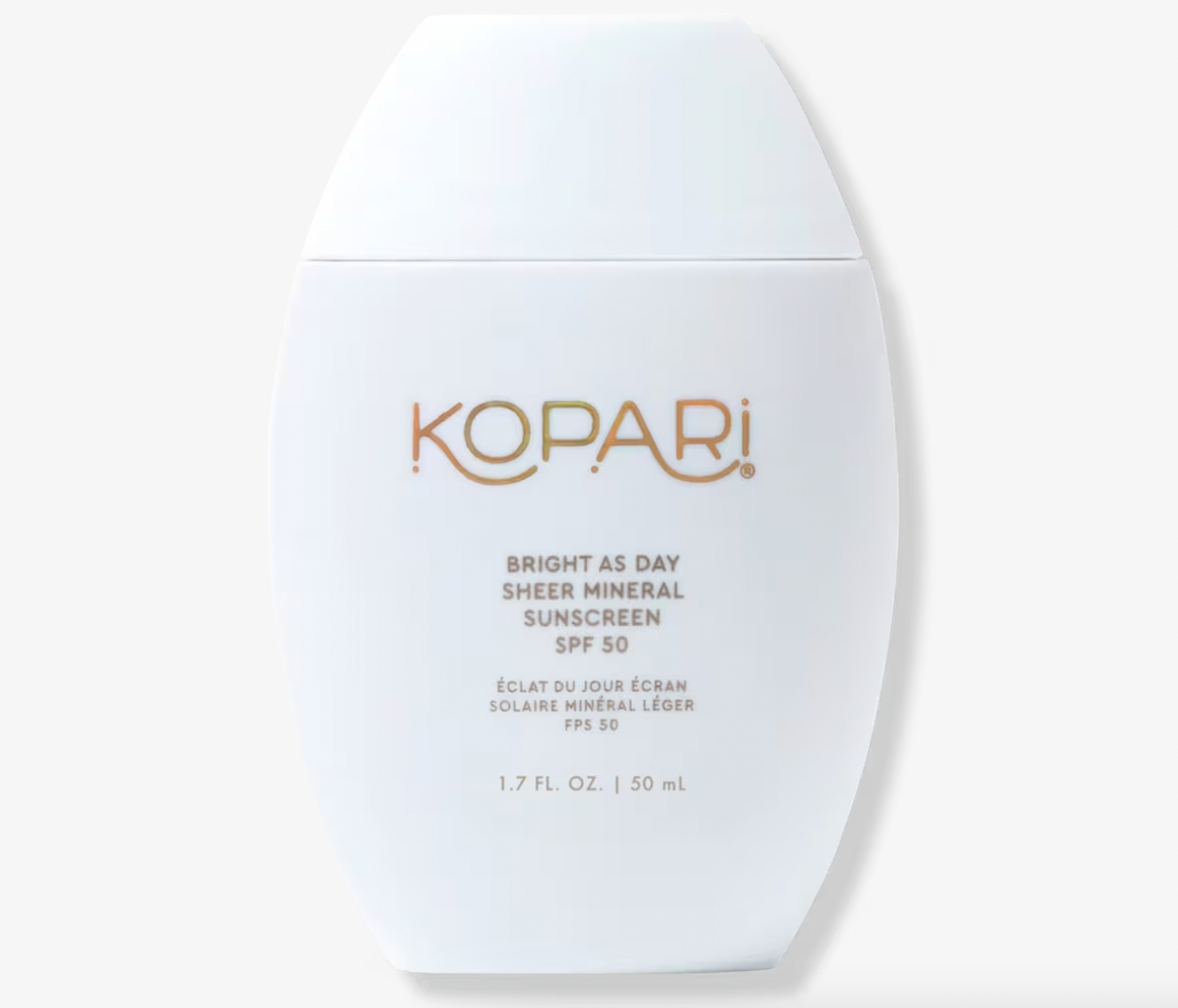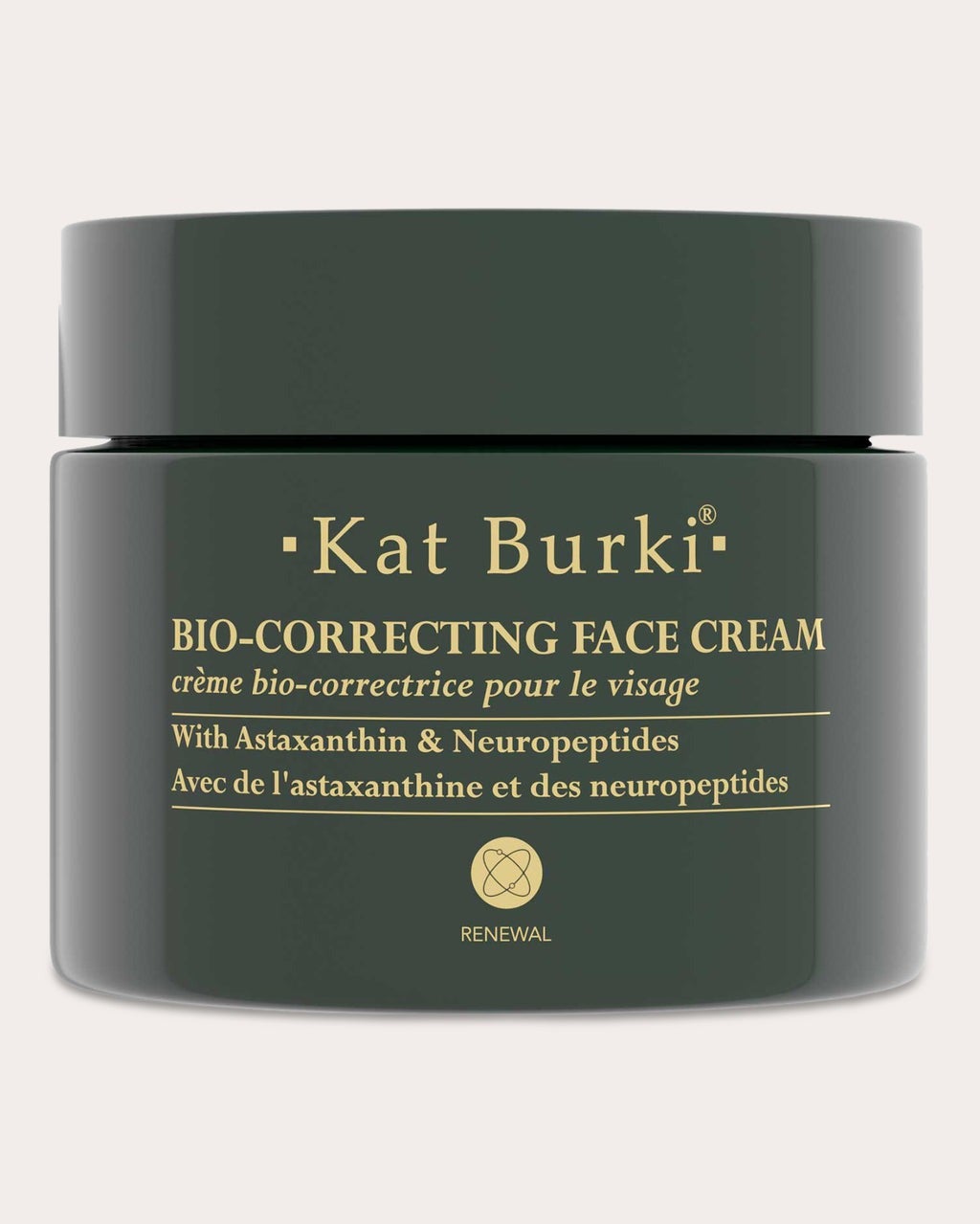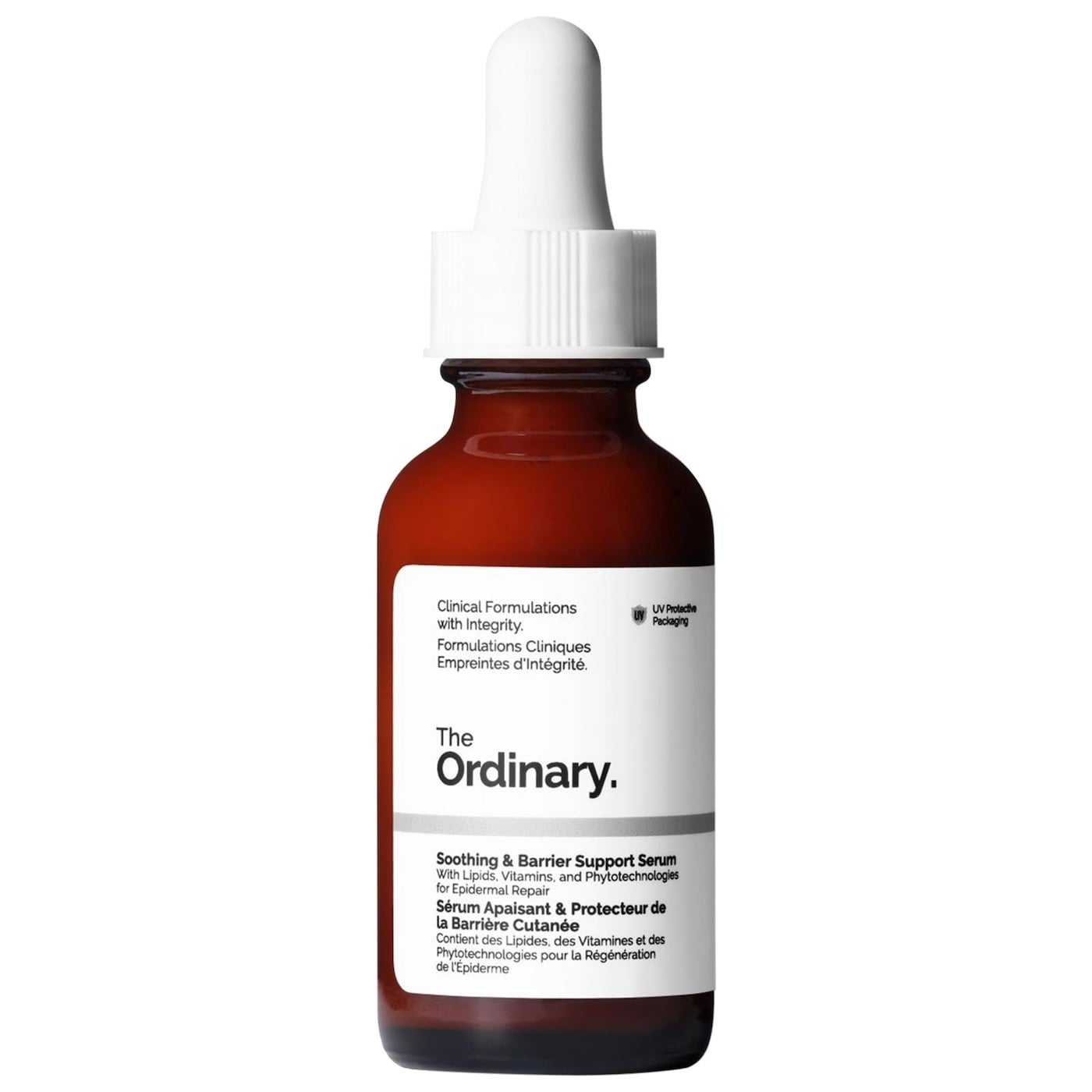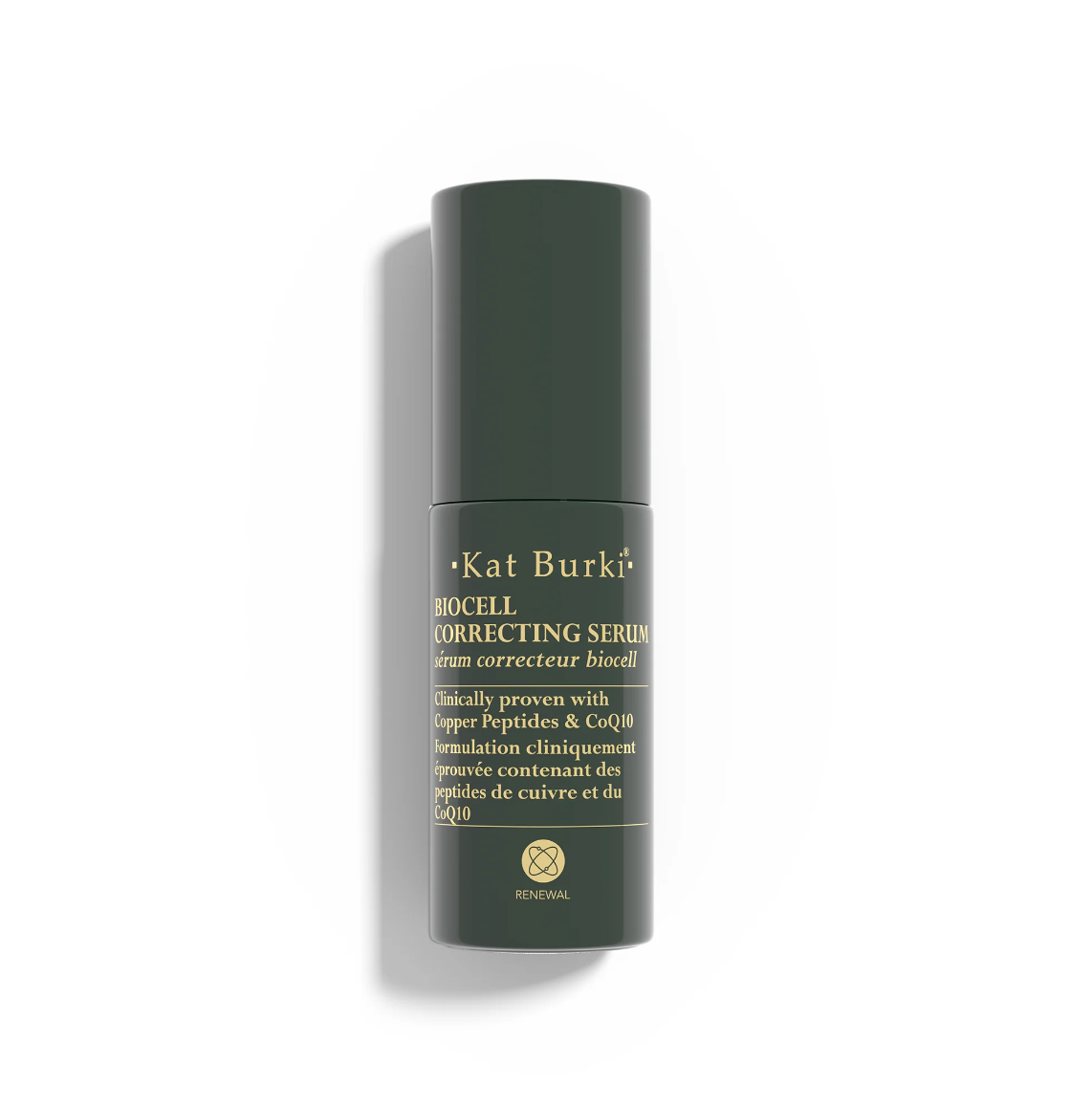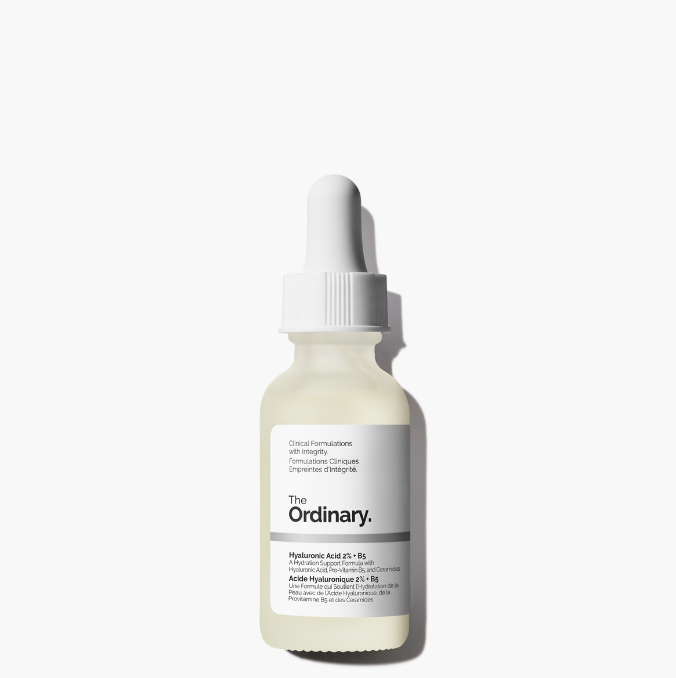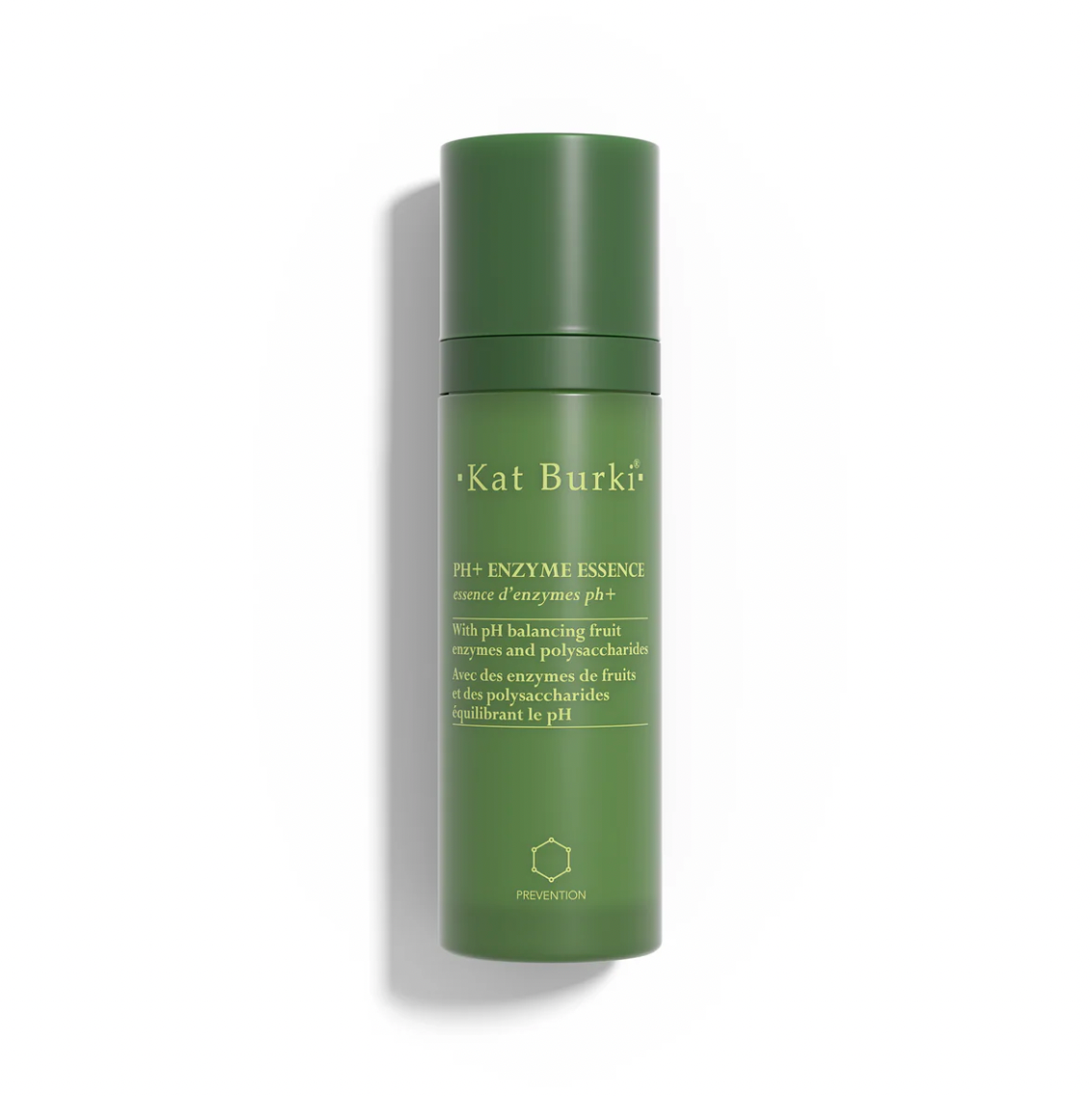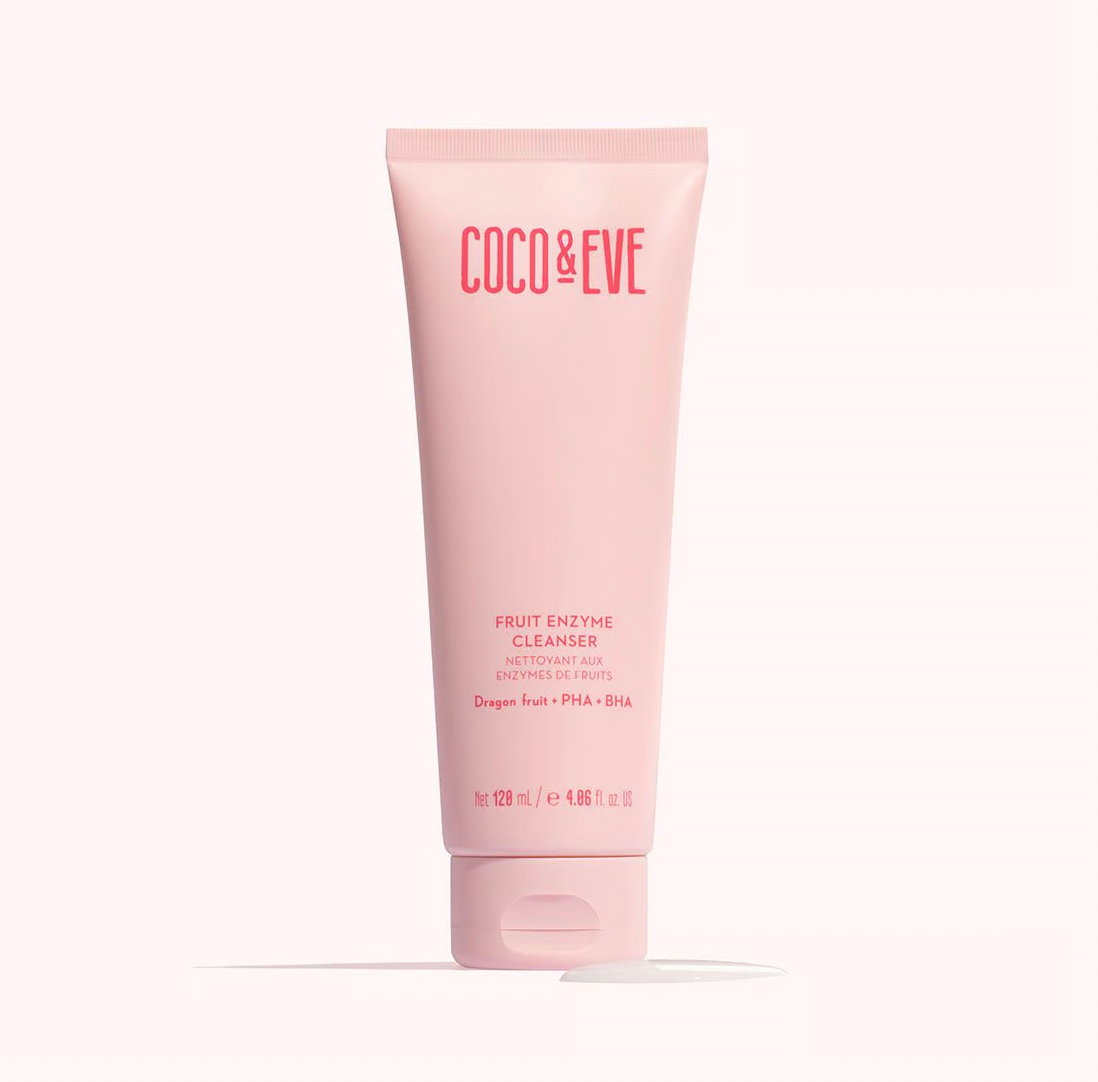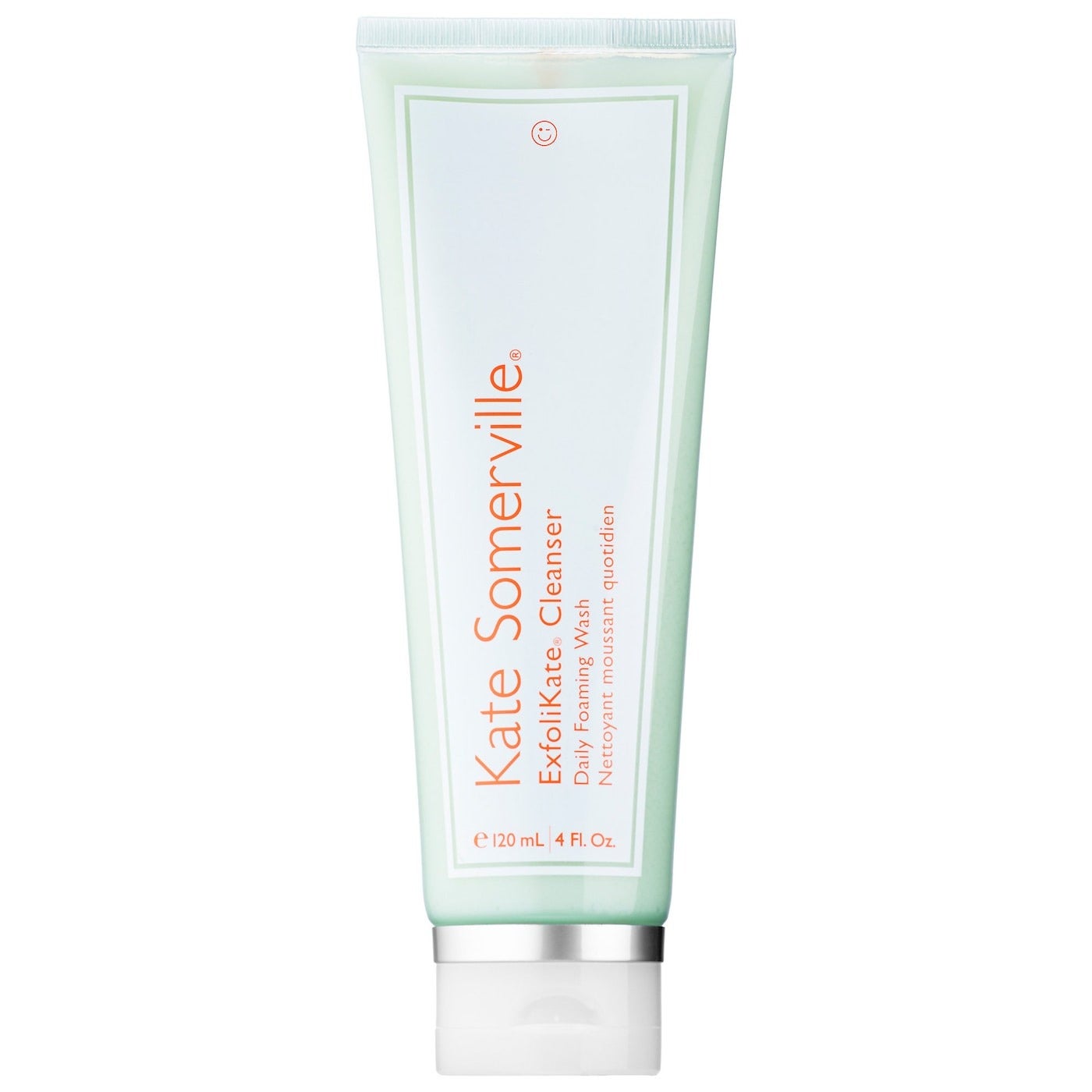Summer served up a handful of intriguing skincare movements: Dermatologists extolled the virtues of retinal over retinol for minimizing pigmentation, fine lines and breakouts at a faster rate, while buzzy new injectable polynucleotides seemed to rival eye cream for reducing dark circles. Now there’s a new season underway, and with it comes an entirely different set of trends.
Fall is synonymous with change and for me, nowhere is this more evident than on my skin. Plummeting temperatures, central heating and a distinct lack of vitamin D all give my face a free pass to freak out — and it seems I’m not the only one. In the past week, “best moisturizers for dry skin”, “supplements for dry skin” and “how to treat dry skin on face” have been commonly googled skincare queries. It makes sense, then, that the industry’s upcoming trends are tailored to keep that all-important skin barrier as healthy as possible.
AdvertisementADVERTISEMENT
I’d argue that no one knows skin health like Kat Burki, skin specialist, nutritional scientist, and founder and CEO of her eponymous skincare brand. Without further ado, here are the skincare trends that Burki told me are going to take off this fall and beyond.
Reverse Double Cleansing
One step that most skincare experts unanimously agree on is double cleansing in the evening. The first cleanse (usually with a micellar water, oil or balm cleanser) melts and dislodges makeup, sunscreen and daily grime. The second cleanse (it’s often recommended to use a gel or foam) ensures that everything is totally gone. Burki believes in a double cleanse but she reverses the steps — a trick that’s especially beneficial for dry skin.
“I do the opposite of what other [people] do to get a deep cleanse without stripping the skin,” Burki told me. “First I go in with a gel cleanser [namely her KB5 Calming Gel Cleanser] and then I’ll use an oil cleanser,” she said. “That’s because you don’t want to wash away those nutrients.” If gel or foaming cleansers leave your skin feeling uncomfortably tight, rotating the steps — and finishing with something a little more moisturizing — is likely to counteract that feeling.
If you’re prone to breakouts or have oily skin, you might want to switch the oil or balm cleanser for a non-pore-clogging, cream version instead. R29 rates The Ordinary Glycolipid Cream Cleanser, and Kate Somerville Goat Milk Moisturizing Cleanser.
AdvertisementADVERTISEMENT
Vitamin C Derivatives
If you’ve tried to get into vitamin C serums but have found that your skin becomes sensitive, irritated and drier than usual, it’s likely that the star ingredient is L-ascorbic acid, or pure vitamin C. While it’s the most effective at boosting collagen and fending off environmental aggressors like pollution, it’s pretty potent and some skin types aren’t able to tolerate it. To get around the issue, Burki looks to vitamin C derivatives in her skincare. Derivatives are essentially tweaked versions of vitamin C that are more stable (read: won’t turn an alarming shade of orange and become ineffective) and far less irritating on the skin.
Inside the Vitamin C Intensive Face Cream, you’ll spot STAY-C. “This is a stable form of vitamin C that is converted into ascorbic acid [pure vitamin C] in the skin,” said Burki. Basically, it boasts all the benefits of its powerful sister without the irritating, drying side effects. If you have less to spend, The Inkey List C-50 Serum, also boasts STAY-C, while The Ordinary uses a vitamin C derivative called ascorbyl glucoside in its Ascorbyl Glucoside Solution 12%. “I completely believe in derivatives because they are less potent but [do what they need to do] quickly,” said Burki. In short? Derivatives are the future of vitamin C — especially for drier, more sensitive skin types.
AdvertisementADVERTISEMENT
The End Of Collagen Skincare
Cold weather and central heating can sap skin of moisture, making it look dull, dry and flat. If you’re already using skincare with “plumping” ingredients like hyaluronic acid or glycerin and you haven’t noticed much of a change, you might be swayed by the smart marketing around collagen creams.
Our bodies produce collagen naturally; it gives skin its strength and structure. Over time, though, our levels decrease and so our skin loses that suppleness. There’s just one thing about collagen skincare, said Burki: “It’s not possible to put collagen back into your skin via a serum or a moisturizer.”
Collagen molecules are too large to penetrate the skin in any meaningful way, so what you’re really getting from collagen-infused skincare is simply an extra layer of moisture and hydration. Instead, Burki suggests ditching collagen skincare and slotting a well-formulated vitamin C serum — like the ones above — into your morning skincare routine to kickstart collagen production from within. Team it with a broad spectrum, high factor sunscreen to further protect your skin against collagen-zapping UV rays.
Souped-Up Moisturizers
Cold weather calls for ingredients that are going to keep your skin barrier (the outermost layer of skin) moisturized. Think hydrating hyaluronic acid, glycerin and ceramides, which act like glue between your skin cells to keep skin soft and smooth. Burki suggests keeping your eyes peeled for another star ingredient this fall and winter.
Enter: astaxanthin, which Burki calls a “serious moisturizer”.
AdvertisementADVERTISEMENT
Research shows that applying the ingredient topically via skincare improves skin conditions like dryness and itching. There’s evidence that suggests it boosts skin elasticity and reduces fine lines, too. That’s not all it can do. It’s also an antioxidant so it shields skin against things like pollution and UV rays, said Burki: “It’s like vitamin C times 5,000.”
Burki’s Bio Correcting Face Cream, isn’t cheap but it makes a noticeable difference. Astaxanthin protects skin against dulling environmental aggressors but it’s also packed with various antioxidant vitamins (C and E), highly moisturizing squalane, redness-reducing centella asiatica, exfoliating lactic acid and CoQ10, another antioxidant with powerful protective properties.
While astaxanthin is still a little under the radar, you’ll also spot it inside Kopari Bright as Day Sheer Mineral Sunscreen SPF 50 and Drunk Elephant Bora Barrier Repair Cream.
Rethinking Hyaluronic Acid
Hyaluronic acid (HA) is a humectant, which means it attracts and holds onto moisture in the skin, making it look and feel more plump. Countless skincare experts recommend applying hyaluronic acid serums or creams to damp skin to maximize the hydration, but Burki isn’t convinced. “You don’t need to put hyaluronic acid on damp skin,” she said. “While there are many different types [of hyaluronic acid], none of them have that requirement.”
AdvertisementADVERTISEMENT
There’s new research to support this, too. A study conducted by The Ordinary found that it didn’t matter whether its Hyaluronic Acid + B5 + Ceramides, was applied to wet or dry skin; the hydration levels were more or less the same. While not all hyaluronic acid serums are created equal, following your HA serum with a moisturizer is equally beneficial — and much easier than trying to open your serum with slippery hands.
Scaling Back The Niacinamide
Niacinamide (or vitamin B3) has countless skin benefits: It can improve excess oil production (potentially reducing breakouts), reduce the appearance of large pores and prevent water from leaving the skin, limiting dryness. But too high a concentration can be aggravating, said Burki, and it’s easy to go overboard. Cue rough, flaky skin.
If you want to start (or continue) using niacinamide this fall but your skin is on the dry side, Burki suggests dialing down the percentage and looking for a skincare product which contains 2% niacinamide or less. Try Kat Burki BioCell Correcting Serum, with niacinamide, skin-strengthening peptides and astaxanthin. If you have less to spend, try The Ordinary Soothing and Barrier Support Serum, with 2% niacinamide plus moisturizing ceramides.
A New Way To Exfoliate
Glycolic acid is arguably the most popular chemical exfoliator in skincare, and while it’s excellent for unclogging pores and fading hyperpigmentation, high concentrations can damage the skin barrier when overused. As such, Burki prefers fruit enzymes, which provide a similar exfoliating action in a gentle way. Using a product with enzymes, such as a daily cleanser or essence, will help renew your skin cells and balance the biome (the friendly bacteria that keeps your skin in check). Burki recommends her PH+ Enzyme Essence. Also try Kate Somerville ExfoliKate Cleanser Daily Foaming Wash, or Coco & Eve Fruit Enzyme Cleanser, if you want to spend less. Aftercare is a must, too. Post-exfoliation, Burki suggests “feeding” your skin with lots of hydration and moisturizing ingredients like ceramides.
AdvertisementADVERTISEMENT







